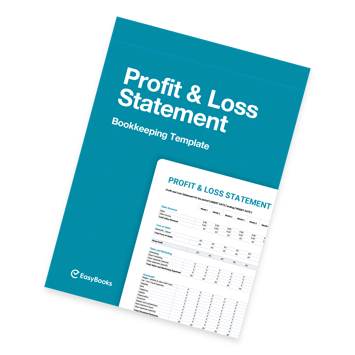To reconcile your petty cash, you’ll need to establish a consistent process, use the right tools and keep records, so you always know how much money is required in order to balance the books. In this post, we’ll run through the four easy steps you need to follow to reconcile your business’ petty cash.
- Check the Balance of the Fund
- Compare the Total to the Previous Fund
- If Everything Checks Out, Top Up the Fund
- If the Numbers Don’t Match, Investigate Why
A petty cash reconciliation means you’ve reviewed your records to ensure that you have tracked all transactions correctly It’s important to do this so you can spot possible cost-saving measures. For example, if you notice that you are using the petty cash fund regularly for office supplies, then it’s probably time to buy in bulk.
1. Check the Balance of the Fund
First, determine how much cash you have in hand. There should be receipts or IOUs that outline what you have used the petty cash recently. Even if you’re the only one that has access to the fund, it’s still essential you leave detailed notes and keep hold of all receipts.
If you haven’t already, it’s good practice to establish principle petty cash rules that will make life easier in the long run. Place an upper limit on what you can use petty cash for. It’s fine for a quick coffee run or taxi to a site visit, but it’s not viable for larger expenses.
2. Compare the Total to the Previous Fund
Either through detailed records or from memory, you should have a good idea of the level of the fund the last time you carried out a reconciliation process. If you aren’t keeping detailed petty cash records, then you’ll find it more challenging to have an accurate number.
Another good habit to adopt is about how you track transactions. There won’t always be a receipt for a transaction, and that can make it difficult to remember what it was for in the future. We’d recommend adopting an invoice-style system. Have a pad of blank notes as part of the fund, which you can quickly use to track money going out.
Include the date, the amount of money being spent, who was responsible for the transaction, and if change was returned to the fund. These notes will make the reconciliation process a whole lot easier.
3. If Everything Checks Out, Top Up the Fund
If you’re happy that you have tracked and recorded all transactions, then you can bring the fund back up to the agreed level. Depending on how often you use the fund, this might be anywhere between £25 and £100.
Make a note of where you contributed this top up money came from, so that it can be recorded on appropriate business expense sheets. This ensures you aren’t adding to the petty cash fund out of your own pocket.
4. If the Numbers Don’t Match, Investigate Why
If you think the fund might be missing money, you must take steps to work out why. Every transaction needs to be accounted for, so take even the smallest missing figure or discrepancy seriously.
If you’re the only one that uses the petty cash fund, then it’s likely that you’ve just forgotten to include a receipt or note. Think back to possible costs this could be. One way of doing this is by looking over your recent calendar entries and mentally retracing your steps.
If you’re not the only one with access to the fund, then speak to everyone authorised to spend it. Again, it’s likely that a receipt was missed but it’s vital you determine which transaction this was and take steps to ensure it’s fixed. Once you’re happy, you can replace the cash used so that the fund is back to its maximum amount.
Now reconciling is done, ensure the receipts are recorded correctly and think about when you’ll next carry out this task. It’s important to reconcile the fund regularly, so you can spot possible missed transactions and ensure you always have enough petty cash on hand to deal with taxi rides, coffee runs and parking fees.
Just Part of Your Bookkeeping Process
Once you have sorted out the petty cash fund, you can turn your attention to the other bookkeeping tasks you need to complete.. Business expenses, tax returns and your wages all need to be considered and managed accurately to avoid any financial irregularities.
Whether you’re a seasoned pro at business bookkeeping or it’s something you’re still getting your head around, you must have the right tools at your disposal to make your life easier. We can help here.. We’ve created useful templates that you can download right now.
They can assist with petty cash, profit and loss, cash flow forecasts and expense tracking. Small business bookkeeping is complicated enough, use our templates and you’ll have one central place to record all of your business finances.
Get your free templates now by clicking on the download link below.








